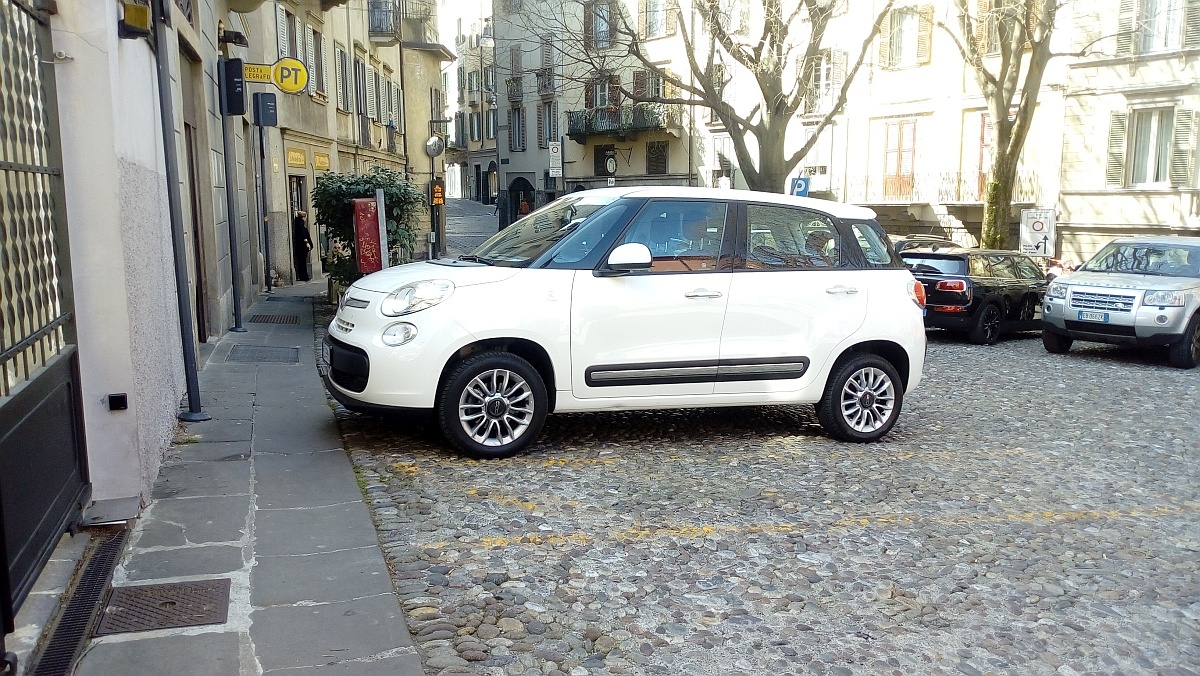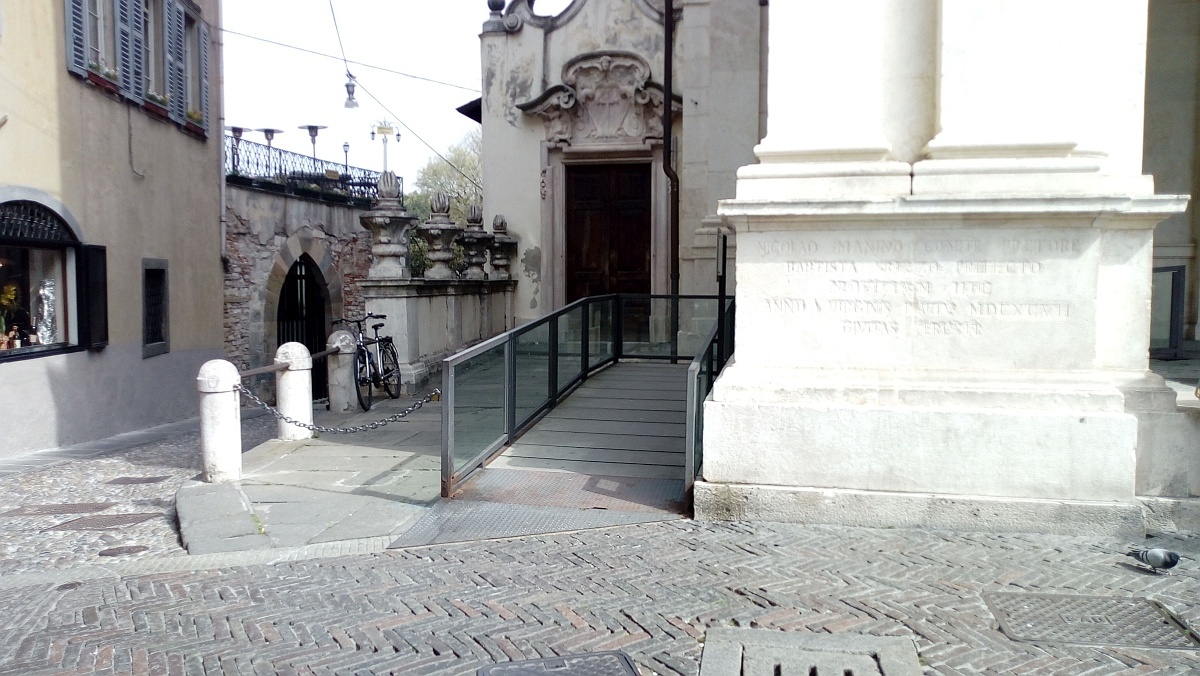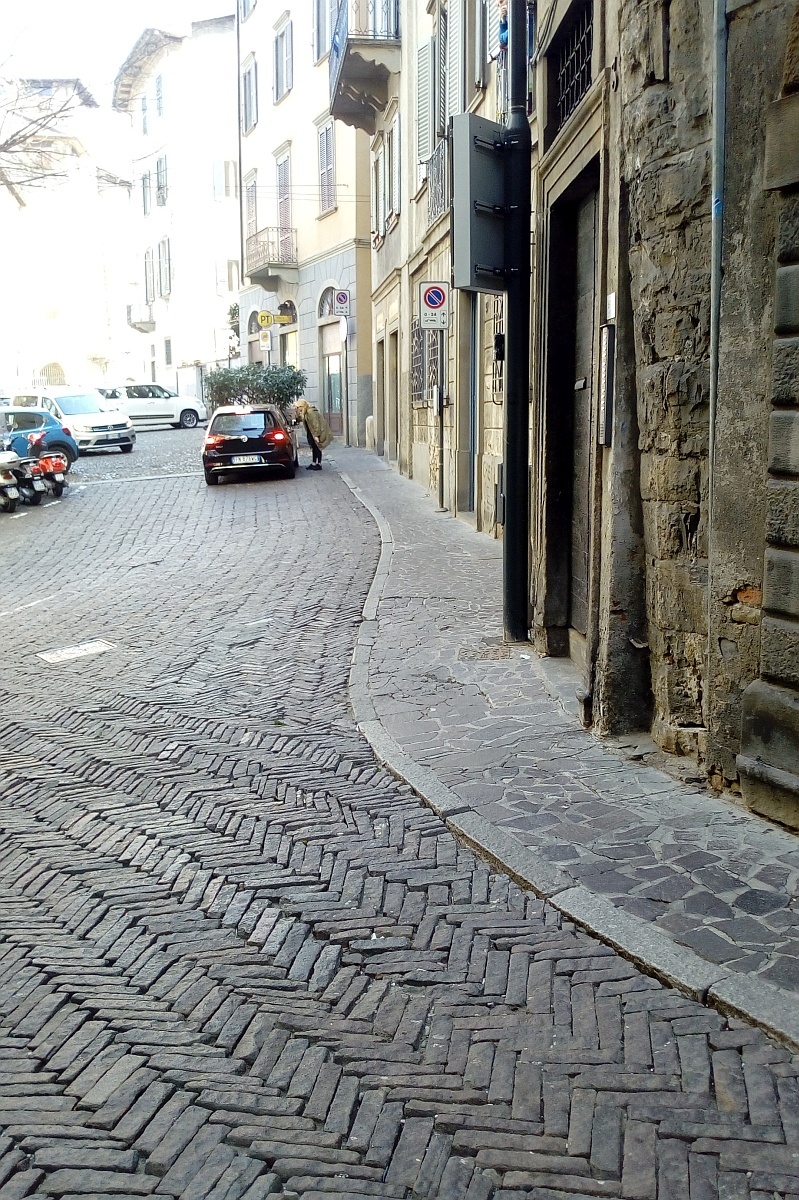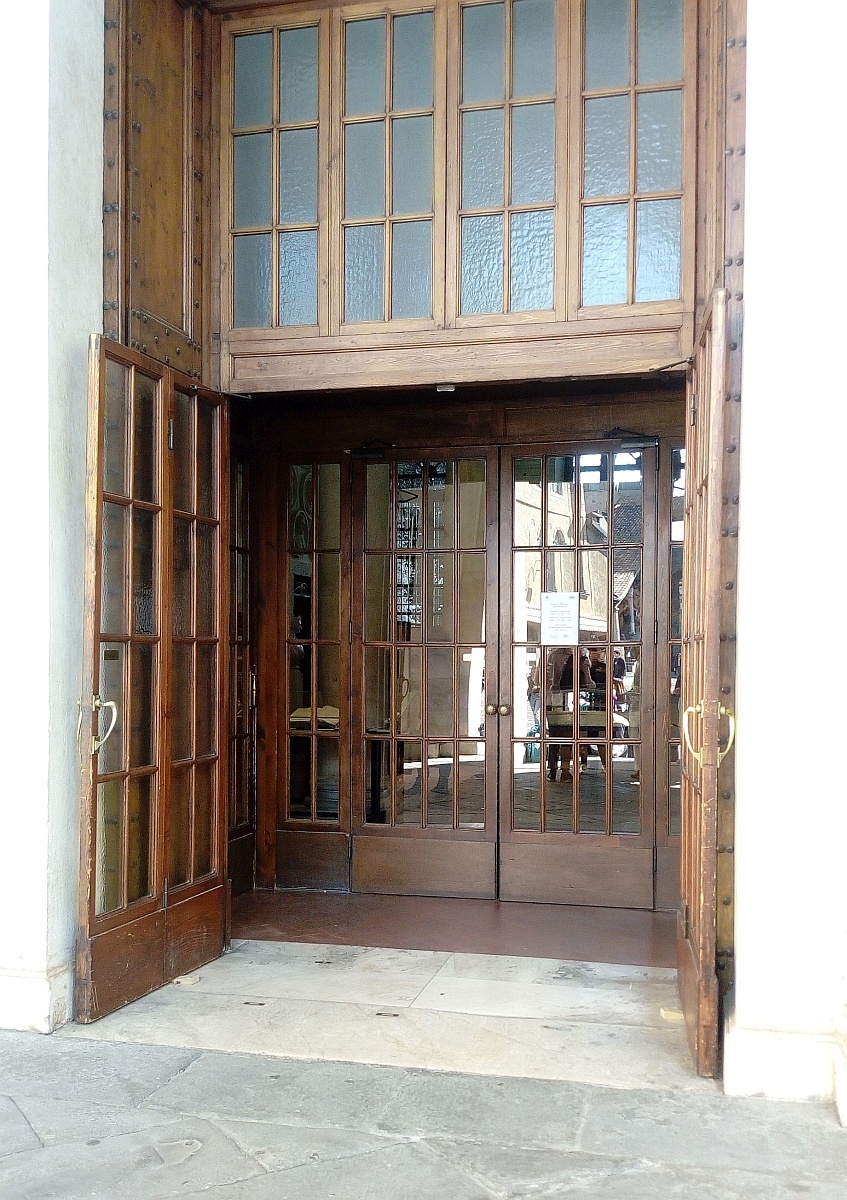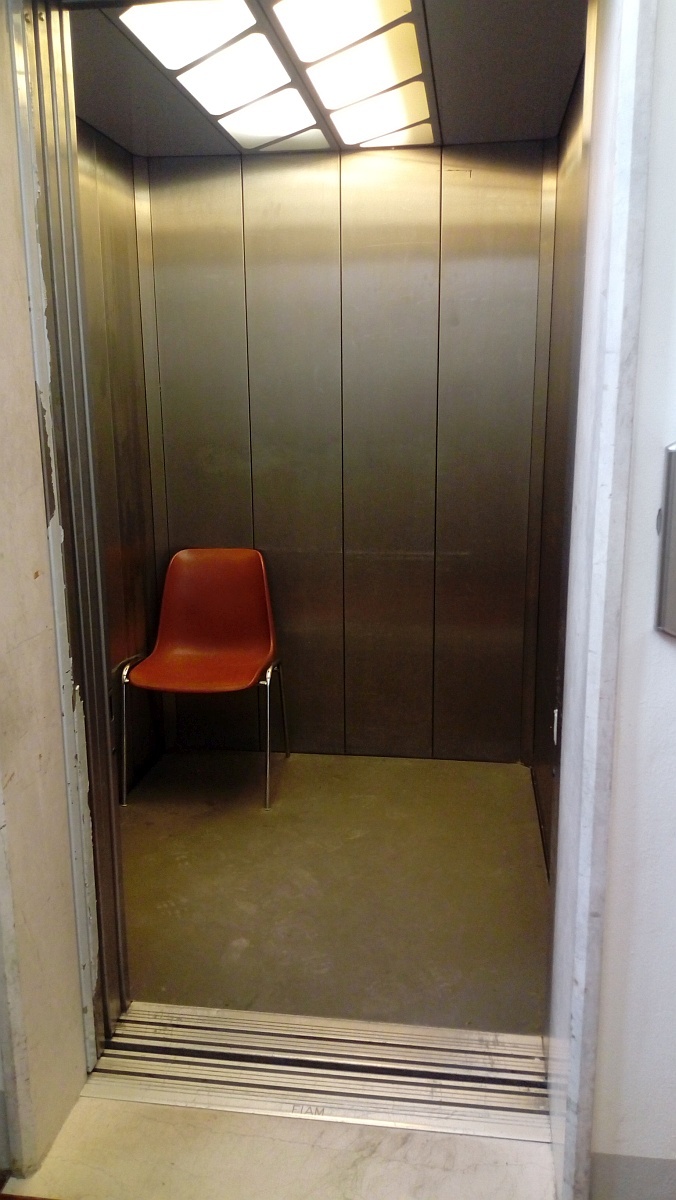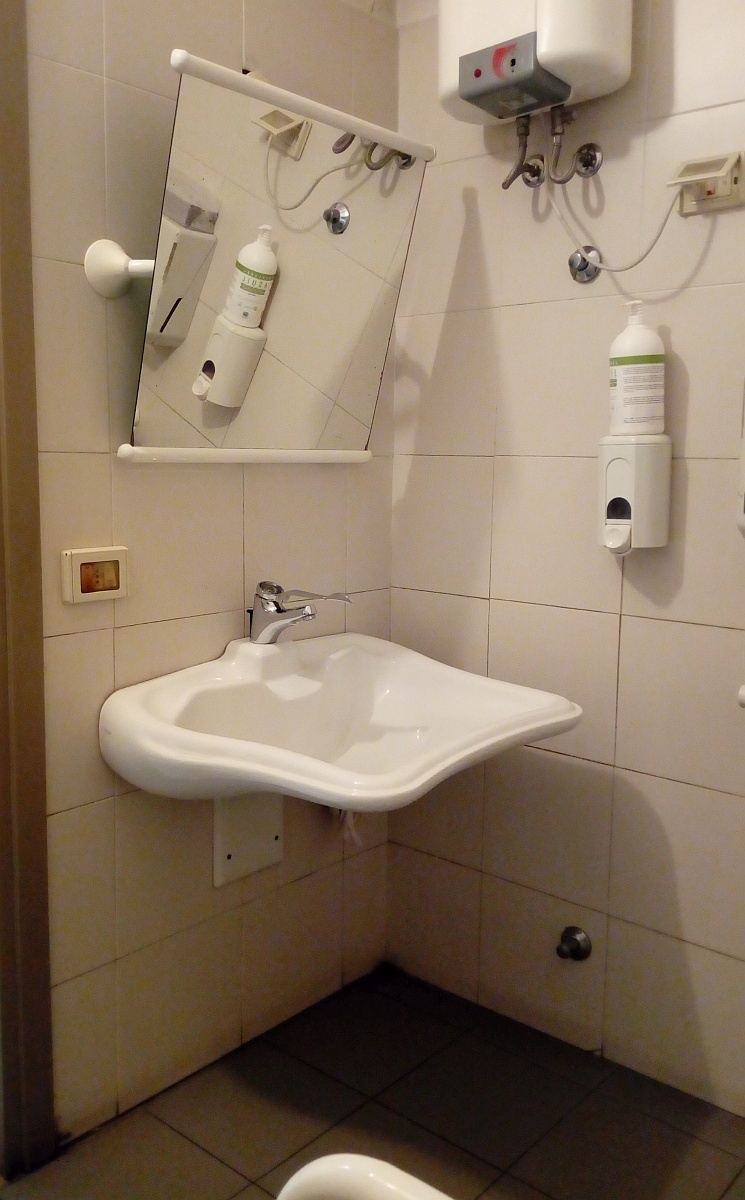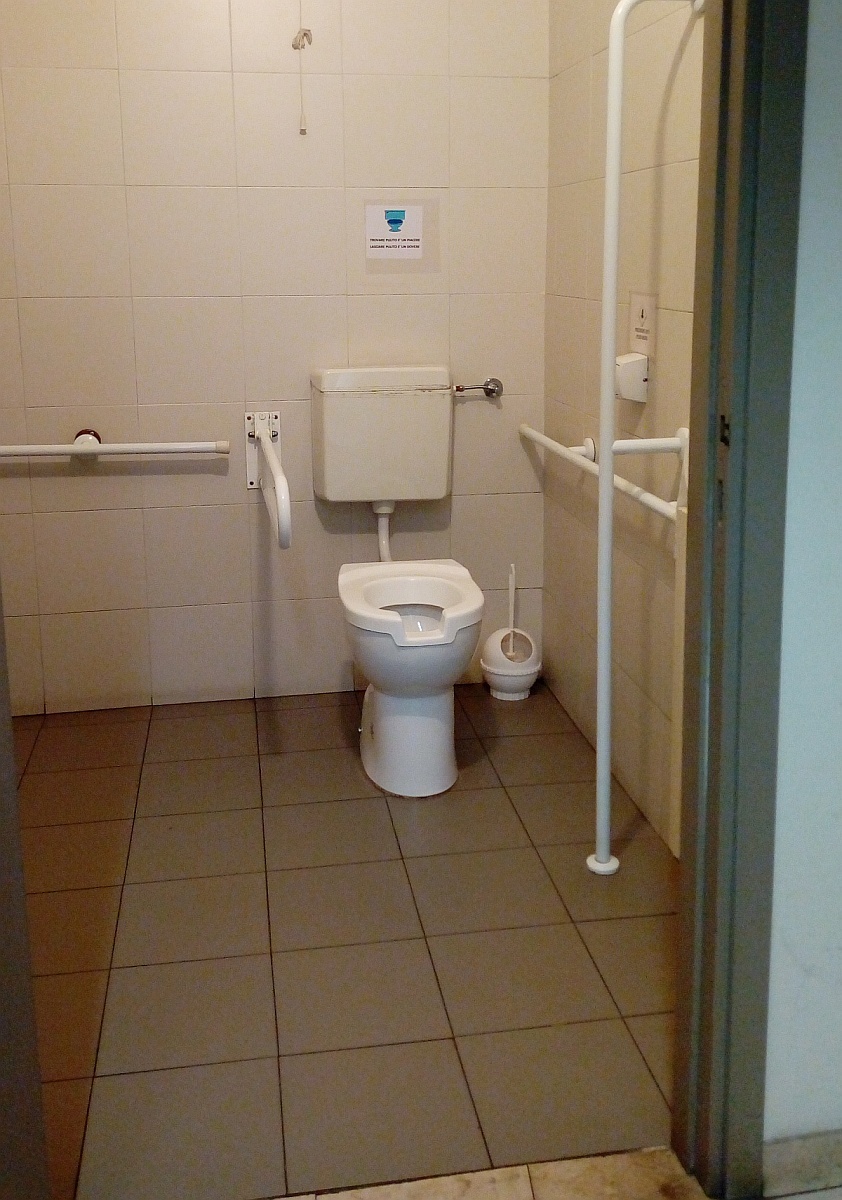The Palazzo Nuovo closes like a theatrical backdrop the side of Piazza Vecchia located beyond Via Colleoni; it is so called as opposed to the Palazzo Vecchio or della Ragione, located on the opposite side of the square.
Its construction occupies three centuries: it began in 1604 and was completed in 1928.
And also for three centuries, until 1873, the building was the seat of the Bergamo City Council.
Since 1928 it has housed in its rooms one of Italy’s most important libraries, the Angelo Mai Civic Library, which preserves parchments, codices, incunabula, and priceless music.
Inside, in the Tassiana room, you can admire the wonderful globes made by Vincenzo Maria Coronelli, cosmographer of the Republic of Venice.
They date back to 1688 and 1692, have a circumference of almost 3 1/2 meters and are made from 50 illustrated sheets.
Try observing them: are they really so different from our globes?
Crafts, Industry, The Brembo River, The Serio River, Agriculture, Labor: these are the unique subjects of the six statues placed outside the building above the Library’s huge windows.
Could you match them?
If you then enter the palace, already in the atrium you will be overwhelmed by the majesty and classical elegance that characterize the whole environment: in particular, you will see the Camozzi Column, a carved tree-shaped lectern with the coats of arms of Bergamo and Brescia, and the bust of Bartolomeo Colleoni, the most famous local condottiere of the 1400s.
After the atrium you will reach the Salone Furietti, which was originally the place where the Maggior Consiglio, the body that governed the city, met: in the center of each side of the room you can still admire the gold-green bipartite coat of arms of the City of Bergamo.
Continuing your journey inside the palace, you will visit other wonderfully decorated rooms, with busts and portraits to keep company with the numerous ancient volumes.
The white marble of this facade, as we said at the beginning, is present in another important monument of the city: the most scenic of the gates to the upper city, Porta San Giacomo.





